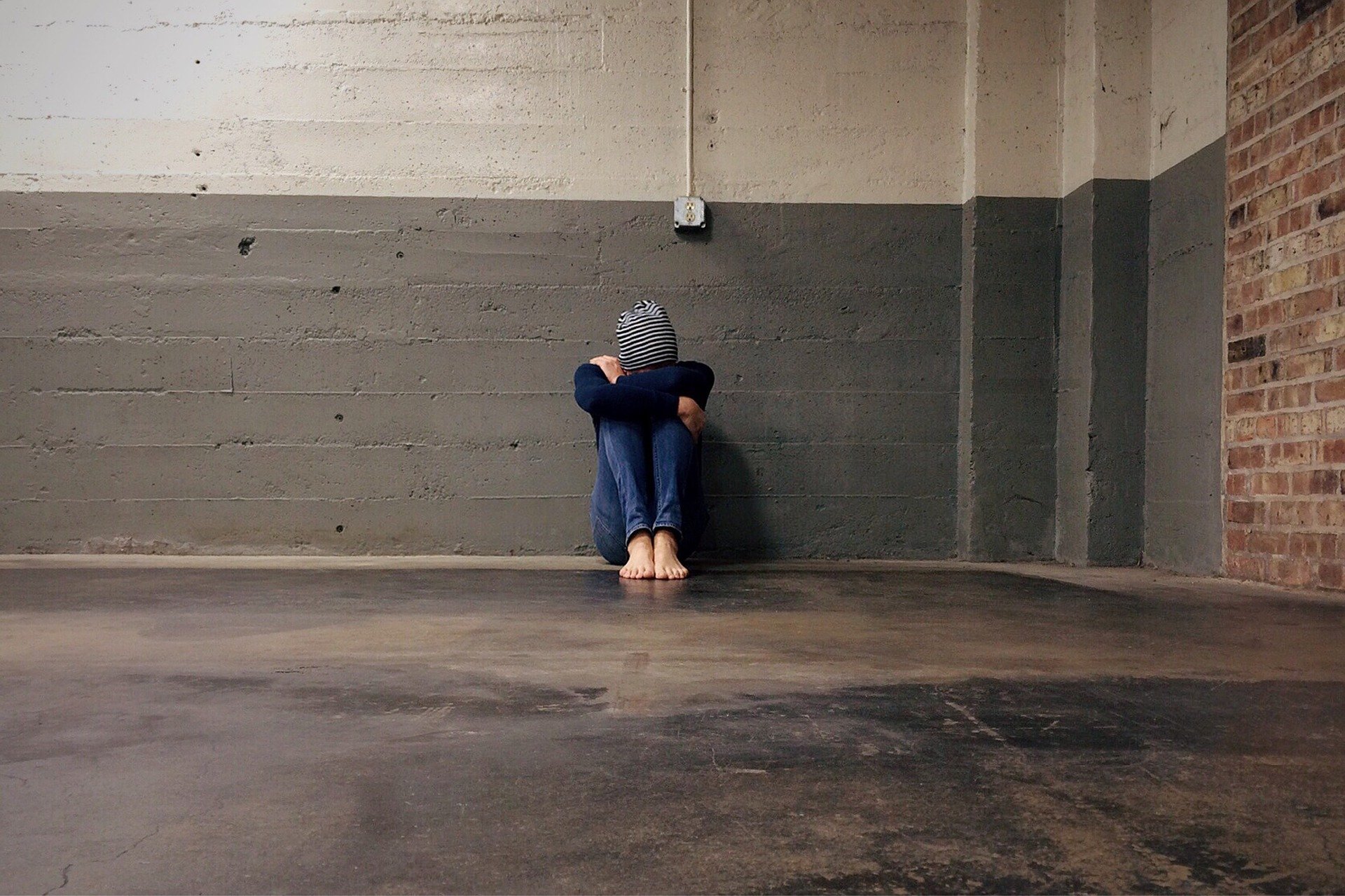The Question of Homework for Elementary Age Students
One of the most frequent questions I am asked, when persons learn I am a psychologist specializing in child development, is “What’s the deal with so much homework these days?”
I finally examined the research on this topic, specifically regarding elementary school children, and this is the short answer: There is no evidence that homework for elementary school children is worthwhile.
Harris Cooper, a professor of psychology and neuroscience at Duke, researched a multitude of studies on homework and he concluded that there is “little to no relationship between homework and achievement” for elementary school students.
As teachers and the administrators running schools are well educated and presumably research based, it is striking to me why so many schools continue to require young children to engage in homework.
In 2018, there was an article in Huffpost which cited Dr. Cathy Vatterott, a professor of education at the University of Missouri-St. Louis. From her account, “teachers and possibly schools confuse homework with rigor,” and this is especially the case in “high-income” public schools and private schools. Thus, perhaps there are potential perceived costs for schools in eliminating homework, i.e., that one’s school will be considered less scholarly.
As a psychologist specializing in children, I can think of 20 things more beneficial to children than doing 30 minutes to an hour an a half of homework, in elementary school, after enduring an entire day of academic work. We know from the research that stress levels are climbing for children and we know about the benefits of unstructured play, exposure to nature, and the promotion of creativity.





